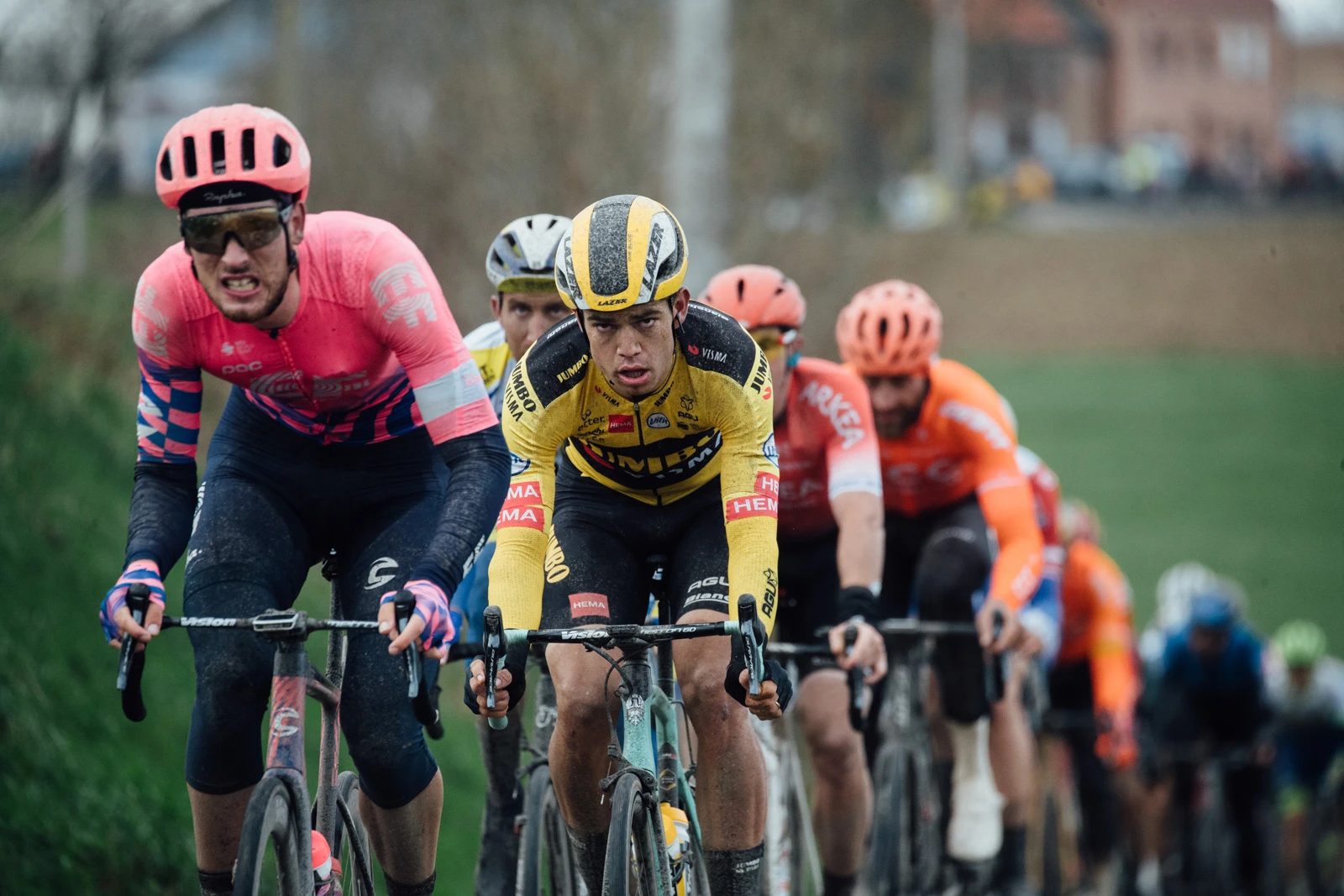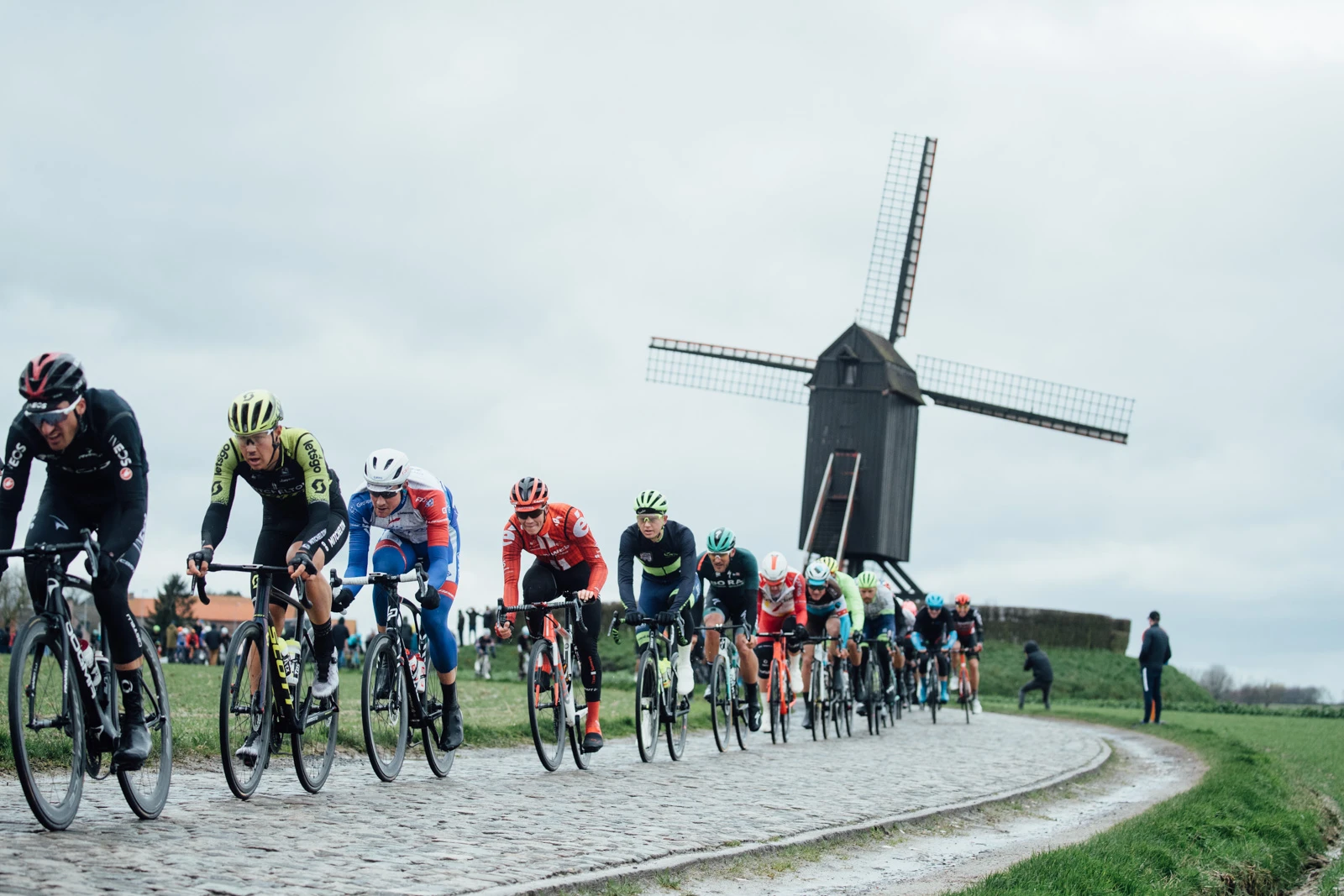Words: Selwyn Parker (European Correspondent)
Images: Chris Auld
The UCI is making a valiant, last-ditch attempt to save the season by postponing the Tour de France until high summer, rescheduling the Giro d’Italia to a date yet to be determined, and staging the most historic spring classics at the end of the season, probably in winter. At an emergency meeting last week all the parties supported the rescue attempt via a global video conference. What we have right now is a more or less intact racing calendar except that it’s been put back by one month, until 1 July. And it’s very crowded. The Tour de France is scheduled between 29 August- 20 September and the World Champs will be staged in Aigle-Martigny, Switzerland, on the original dates of 20-27 September. No firm date has been set for the Giro except that it’s hoped to run it after the World Championships.
Quite a lot of the original calendar remains up in the air. For example, a revised version of the events for the Women’s World Tour and of the entire UCI international programme for all disciplines is due to be unveiled on 15 May, subject of course to the vagaries of the virus. But of course all this depends on the pandemic. As Sir Dave Brailsford, boss of the all-conquering Ineos, ex-Sky, team said last week. If the health of his cyclists’ is at any risk, Ineos won’t start the Tour or any other event. For Sir Dave, it’s a matter of priorities, “What we need right now are doctors and nurses. Nobody ever died from not being able to watch a bike race.”

If the pandemic drags on, it’s not impossible that the Tour Down Under will end up being the only big multi-stage event to be staged in 2020. But the UCI isn’t giving up, obviously under pressure from teams, sponsors and television. After all, you can’t field a pro team for much less than €20m euros and the financiers need a return. The Tour de France is the main focus of the rescue mission. As the UCI’s statement read, “Holding this event in the best conditions possible is judged essential given its central place in cycling’s economy”. Some of the teams are already in financial trouble, with riders to pay and other costs to meet. A few are fighting for their very existence and the UCI has hammered out a vague kind of deal that will run until normal business is hopefully resumed on 1 July.
At this stage, the deal is built around temporary, case-by-case arrangements for the hardest-hit teams. “The objective is to preserve the essential rights of riders’ and staff while allowing the necessary measures to be taken for the survival of the teams,” says the UCI. Reading between the lines of the extremely legalistic document, it’s all about riders’ representatives negotiating arrangements with management that, on the one hand, put bread on the table of the pros and staff but without bankrupting the team. Up for discussion are deferral or waivers of part of salaries, furloughs or temporary lay-offs, and permissions for riders to supplement their salaries from, presumably, other sources.
You can see why the UCI is so anxious to get cycling back on the road by 1 July. And just when we thought they were doomed, the Spring Classics could yet be rescued – but not all of them. The rescue mission is mounted around squeezing the “monuments” – Milan-San Remo, Tour of Flanders, Paris-Roubaix, Liege-Bastogne-Liege in Belgium and the Lombardy in Italy – into the pandemic-hit calendar.

They won’t be the Spring Classics though, in fact probably the ‘winter classics’. If the Tour de France does take place between 29 August and 20 September, it’s hard to see many pros turning up in Switzerland for the World Championships which start on the very day the grande boucle finishes. Presumably, the big teams will want to rest up for the Giro with its massive exposure. And with the Vuelta following the Giro, that would add up to three grand tours in three months. The five monuments would have to follow all three. For those pros who are still standing after all that, the prospect of racing, say, the 298kms of Milan-San Remo or the dreaded cobbles of the 220km-long Paris-Roubaix will be pretty daunting, to say the least.
For many fans, especially in the Lowlands, they’re more important than the Giro or the Tour because of their well-developed sense of history. First raced in 1907, Milan-San Remo or La Primavera is still the opening classic of the year. And what a race it must have been in 1907 over dust, cobbles and mud. Eddie Merckx has won it the most times, seven in all. And though he never mentions it, Sky commentator Sean Kelly triumphed after catching Italy’s Moreno Argentin in a breakneck descent of the Poggio and edging him in a sprint finish. Not the greatest commentator, but a great cyclist.
The Spring Classics are important for the pros too because most of them have other duties in the grand tours and are only permitted to ride for glory in the one-days. If they can manage to stage Paris-Roubaix in winter, it could still live up to its reputation as “Hell of the North”. As Sean Kelly, who won it twice, once said. “A Paris-Roubaix without rain is not the true Paris-Roubaix. [It’s] a horrible race but the most beautiful one to win.”
CBS Sports put it well after covering the 1987 event: “These bloodied and battered warriors struggled through the rain, the cold, the mud on roads better suited to oxen cart than bicycles. But for the victor there is glory, immortality and a place in history among the giants of the road.”
And that’s no exaggeration.

